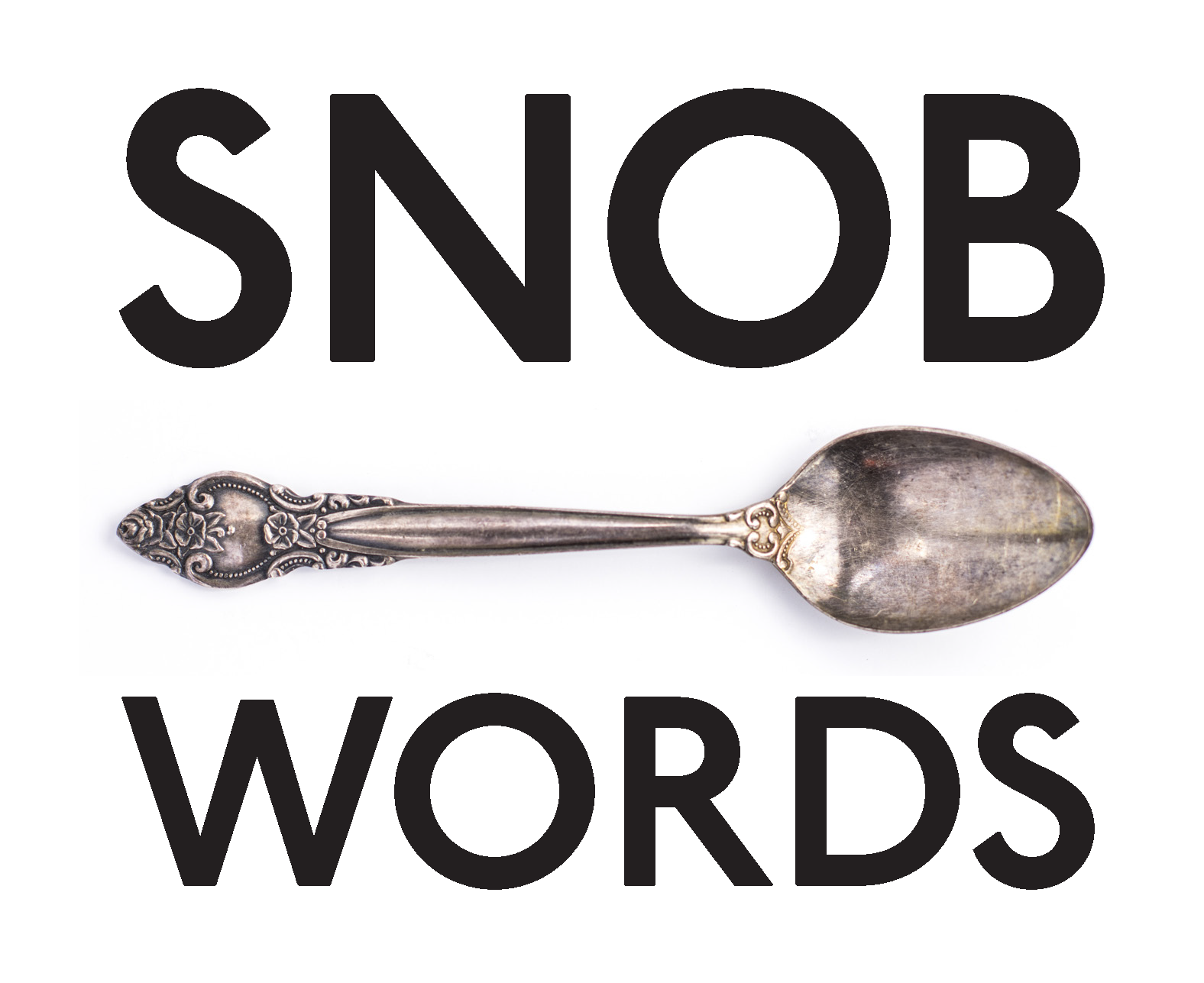
You’ve heard of polo, of course, but did you know
it was first played in Persia in the 6th century B.C.? The game
eventually spread across Asia, where the British discovered it—
in India—in the mid-19th century.
British cavalry officers were the first European polo enthusiasts,
and they introduced the game to the English universities,
nobility, and royalty. The sport reached the United States in
the 1870s.
Polo has always been a sport of the rich because of the large
expense of maintaining a stable of polo ponies. But don’t let the
term “pony” deceive you. These are full-size horses, originally
Thoroughbreds, although mixed breeds are now common.
To play a polo match, two teams, consisting of four mounted
players each, line up at the center of a nine-hundred-foot-long
polo field. (That’s a long field—the length of three American
football fields.)
Once the umpire rolls the small plastic ball into play, the
players, using mallets, try to hit it toward their respective goalposts
at opposite ends of the field.
While England and the United States once dominated polo,
it’s now Argentina that reigns supreme in the sport.
Until I moved to Argentina, everything I knew about polo came from Ralph Lauren.
